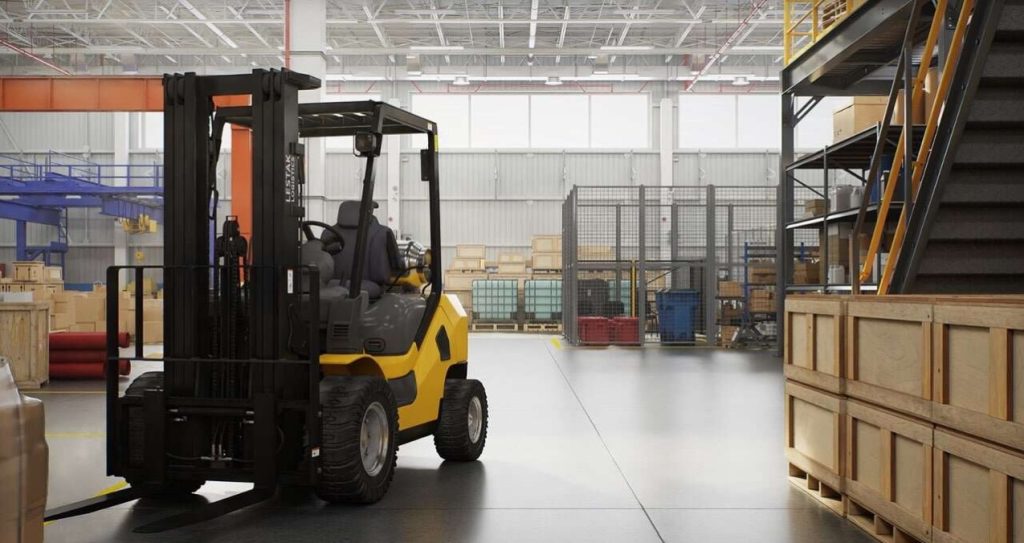In one of its recent virtual keynotes focusing on the industrial sector, NVIDIA highlighted the widespread adoption of generative AI by key players in the robotics industry.

Partners such as Boston Dynamics, Collaborative Robotics, Covariant, Sanctuary AI, Unitree Robotics, and others are standing at the forefront to harness unparalleled intelligence and adaptability using Large Language Models (LLMs). This initiative aims to enhance robots’ ability to comprehend and respond to human instructions in a more natural manner.
The NVIDIA Isaac platform, a specialized software designed for the development, simulation, and deployment of AI-enabled robots, is one of the tools employed by these partners. If you are familiar with the concept of digital twins, a virtual recreation of a facility or environment, the purpose becomes clearer—develop and simulate high-quality AI-powered robots before actual construction in the physical world.
Agility Robotics, NTT, and others showcase examples of utilizing generative AI for interpreting text and voice commands, while Dreame’s robot vacuum cleaners undergo training within simulated living spaces for practical and accurate results. Electric Sheep is currently utilizing real-world data to construct autonomous lawnmowers.
By combining NVIDIA Isaac with the embedded and edge computing portfolio NVIDIA Jetson, partners can unleash the full potential of generative AI in a mobile or standalone form, bringing the vision of AGI-capable smart robots closer to reality.

NVIDIA introduces the concept of an “AI Factory,” a digital space where all AI development and testing take place. The creation of this digital realm is facilitated by the NVIDIA Omniverse platform.
Considering the runtime environment’s importance, its range is extensive and depends on the project’s needs and context. It can be a cloud or data center for on-demand processing, an on-premise server for local processing and integration, or standalone solutions supporting multiple sensors and cameras.
For an artistic approach, NVIDIA Picasso comes into play, enabling the generation of realistic 3D assets through simple text prompts. These assets can be added to digital scenes, creating dynamic and comprehensive environments for robot training.
Team Green envisions the elimination of purpose-built robots, a traditionally time-consuming process. Instead, the future holds easily modifiable and versatile robots capable of achieving a wide range of goals.









